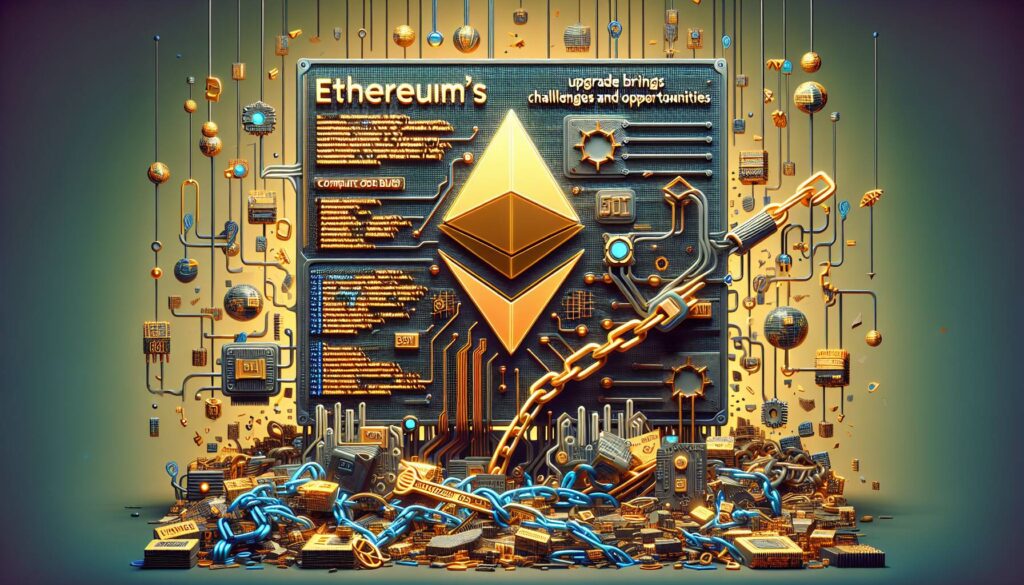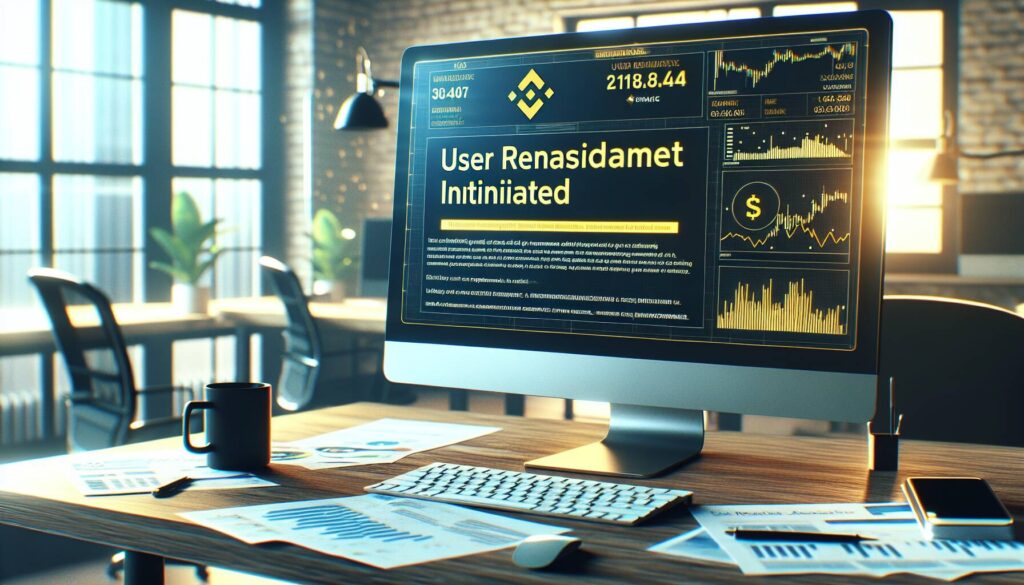TORONTO — In a significant development for the cryptocurrency world, Ethereum has recently implemented a major upgrade, marking its most important evolution in over a year. This update arrives during a period of challenges and scrutiny for the blockchain. Ethereum’s native currency, ether (ETH), has experienced a downturn in value, and some developers have shifted to competing platforms. The Ethereum Foundation, which oversees the project, has also come under fire for perceived shortcomings in leadership and strategic direction.
However, optimism was expressed during a panel discussion at CoinDesk’s Consensus conference in Toronto, where Paul Brody, EY’s global blockchain leader, and Josh Stark of the Ethereum Foundation shared insights about the future of Ethereum. Stark emphasized two primary needs for the community: stronger leadership and improved messaging about the platform’s strengths. He stated that while “Ethereum’s fundamentals are incredibly strong,” there hasn’t been enough effort in communicating the positive developments within the ecosystem.
“The ecosystem needs stronger leadership on the roadmap, on executing that roadmap, and really help coordinating the ecosystem to tackle the big challenges,” said Stark.
Brody pointed out that concerns about the Foundation’s leadership seem overstated, awarding high praise to Aya Miyaguchi, the former executive director, for her contributions since 2018. With a transition in leadership underway, the Foundation has appointed Hsiao-Wei Wang and Tomasz Stańczak as co-executive directors to strengthen its strategic focus.
Additionally, Brody defended Ethereum’s roadmap, which has increasingly relied on layer-2 solutions—independent chains that streamline transactions before they settle on Ethereum’s main blockchain. While critics raise valid points about potential security risks and fragmentation, Brody believes that addressing scalability has been crucial for the network’s growth. He noted that Ethereum now has the capacity to handle between 300 and 450 million transactions each day, a significant enhancement when compared to its previous capabilities.
“Ethereum is being Ethereum,” Brody said, highlighting the blockchain’s ability to identify and tackle problems effectively.
Despite Ethereum’s recent struggles and its underperformance relative to top competitors like Bitcoin, which has solidified its status as a store of value, there remains a confident belief among Ethereum’s advocates. Stark is optimistic that the market will eventually recognize Ethereum’s intrinsic value, asserting that the ongoing education and interest in blockchain technology will fuel demand for its unique offerings.
“The world’s not going to stop learning about these technologies and these systems,” Stark remarked, adding that deeper value propositions would resonate with the market.

Key Points on Ethereum’s Recent Upgrade and Future Outlook
The recent developments surrounding Ethereum bring both challenges and opportunities for its community and investors. Here is a summary of the essential points that could impact readers:
- Significant Upgrade Completed
- Ethereum’s most considerable upgrade in over a year has just been completed.
- This upgrade reflects ongoing advancements in the blockchain ecosystem.
- Price Decline and Developer Migration
- The price of ether (ETH) has decreased, indicating market volatility.
- Some developers are migrating to rival platforms, raising concerns about Ethereum’s competitive edge.
- Need for Stronger Leadership
- There is a demand for stronger leadership from the Ethereum community to execute its roadmap effectively.
- Coordinated efforts are required to address big challenges and improve messaging about Ethereum’s strengths.
- Innovation and Network Capacity
- Ethereum remains one of the most innovative projects in the crypto space, boasting significant network capacity.
- Current transaction fees at layer-2 level are notably low, averaging under one penny per transaction.
- Layer-2 Networks
- The Ethereum roadmap incorporates a heavy reliance on layer-2 rollups for enhanced scalability and reduced user fees.
- However, this approach has prompted criticism regarding potential security risks and fragmentation challenges.
- Market Positioning Comparisons
- Ethereum has underperformed compared to competitors like Bitcoin, which has become a reliable store of value.
- The complexity of Ethereum’s narrative compared to Bitcoin’s straightforward value proposition may affect its market perception.
- Future Outlook on Value Proposition
- Despite short-term struggles, there is optimism that the market will eventually recognize Ethereum’s value and innovation.
- The demand for knowledge and adoption of such technologies will continue to grow, helping to stabilize and uplift Ethereum.
“The world’s not going to stop learning about these technologies and these systems… And I think that Ethereum is the most important project in crypto and always has been.” – Josh Stark
Ethereum’s Upgrade: Navigating the Competitive Landscape
The recent upgrade of Ethereum marks a pivotal moment for the blockchain, bringing both hopes and challenges. Compared to its primary competitor, Bitcoin, which has positioned itself as a reliable store of value, Ethereum’s narrative is undeniably more intricate. While Bitcoin thrives on its perceived stability, Ethereum grapples with criticisms regarding its leadership and strategic direction, particularly as developers migrate to alternative platforms. This could lead to significant competitive disadvantages for Ethereum, particularly if it fails to maintain and articulate its unique value proposition effectively.
One of Ethereum’s notable strengths lies in its robust technological foundation. Paul Brody highlighted Ethereum’s transition to a proof-of-stake mechanism and the surge of layer-2 solutions, contributing to increased transaction capacity and drastically reduced fees. This innovation facilitates a thriving ecosystem that continues to attract developers, despite the frustrations from the community regarding the Ethereum Foundation’s coordination. However, this dependency on layer-2 rollups also introduces fresh security concerns and fragmentation risks which could undermine Ethereum’s fundamental value. In contrast, Ethereum’s rivals may not face such trade-offs, potentially positioning them as more reliable options for users seeking simplicity and security.
The voices from within the Ethereum community, like Stark and Brody, emphasize the prospect of better leadership and messaging to reshape its image. As they argue for a more cohesive storytelling approach to articulate the ecosystem’s achievements, there’s a two-fold implication for the market. On one hand, enhanced communication about Ethereum’s advancements could bolster user confidence and attract investment. On the other hand, if Ethereum continues to struggle with leadership organization and public perception, it could significantly hinder its ability to compete effectively with more streamlined competitors.
Furthermore, Ethereum’s technological advancements need to be reinforced by a clear value narrative to avoid further price underperformance. The complexities surrounding its roadmap could deter potential investors looking for straightforward, high-value propositions offered by rivals like Cardano or Solana, which are gaining traction with their simplified approaches and user-friendly functionalities. Thus, while Ethereum has the potential to reclaim its leading position within the crypto ecosystem, it must urgently address its internal challenges to prevent a loss of market share and innovation momentum.

















